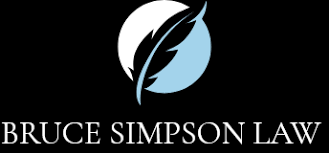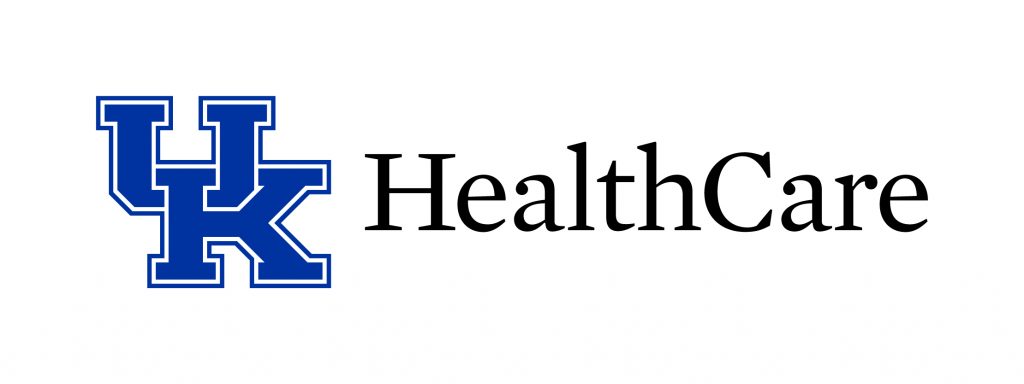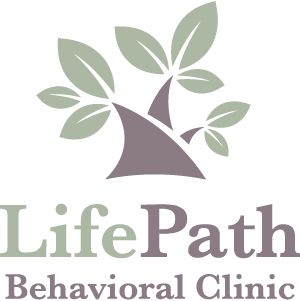“What the heck is CBT?”
“Not another acronym. Alphabet soup, that’s this system…”
These are common thoughts expressed when a loved one is assigned to CBT or Cognitive Behavioral Therapy by their physician or psychiatrist.
In September 2014, Carlton Craig, PHD LCSW DCSW from the University of Kentucky College of Social Work presented on CBT- Cognitive Behavioral Therapy at our NAMI Workshop event.
The academic terms for these things are here, and additional stories to enhance understanding are in the original article: http://pro.psychcentral.com/the-basic-principles-of-cognitive-behavior-therapy/00659.html
1. Based on an ever-evolving formulation of clients’ problems and an individual conceptualization of each client in cognitive terms.
2. Requires a sound therapeutic alliance.
3. Emphasizes collaboration and active participation.
4. Goal-oriented and problem-focused
5. Initially emphasizes the present.
6. Educative, aims to teach the client to be her/his own therapist, and emphasizes relapse prevention.
7. Aims to be time limited
8. Sessions are structured.
9. Teaches clients to identify, evaluate and respond to their dysfunctional thoughts and beliefs.
10. Uses a variety of techniques to change thinking, mood, and behavior
















